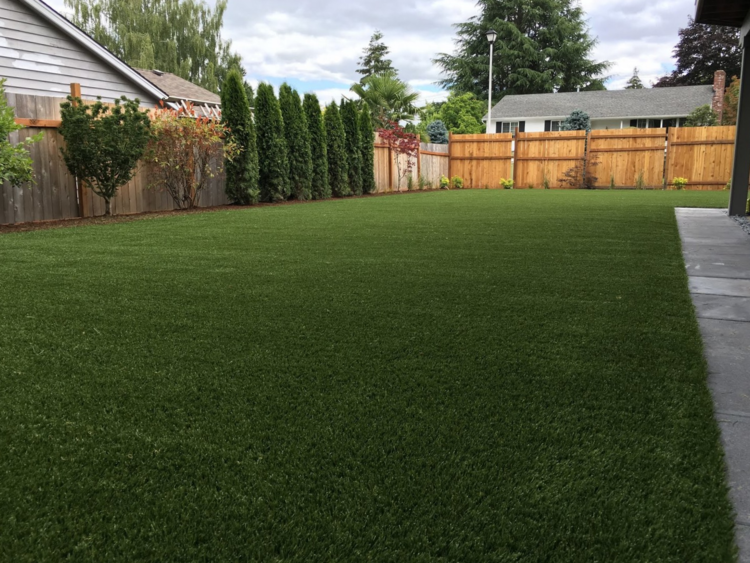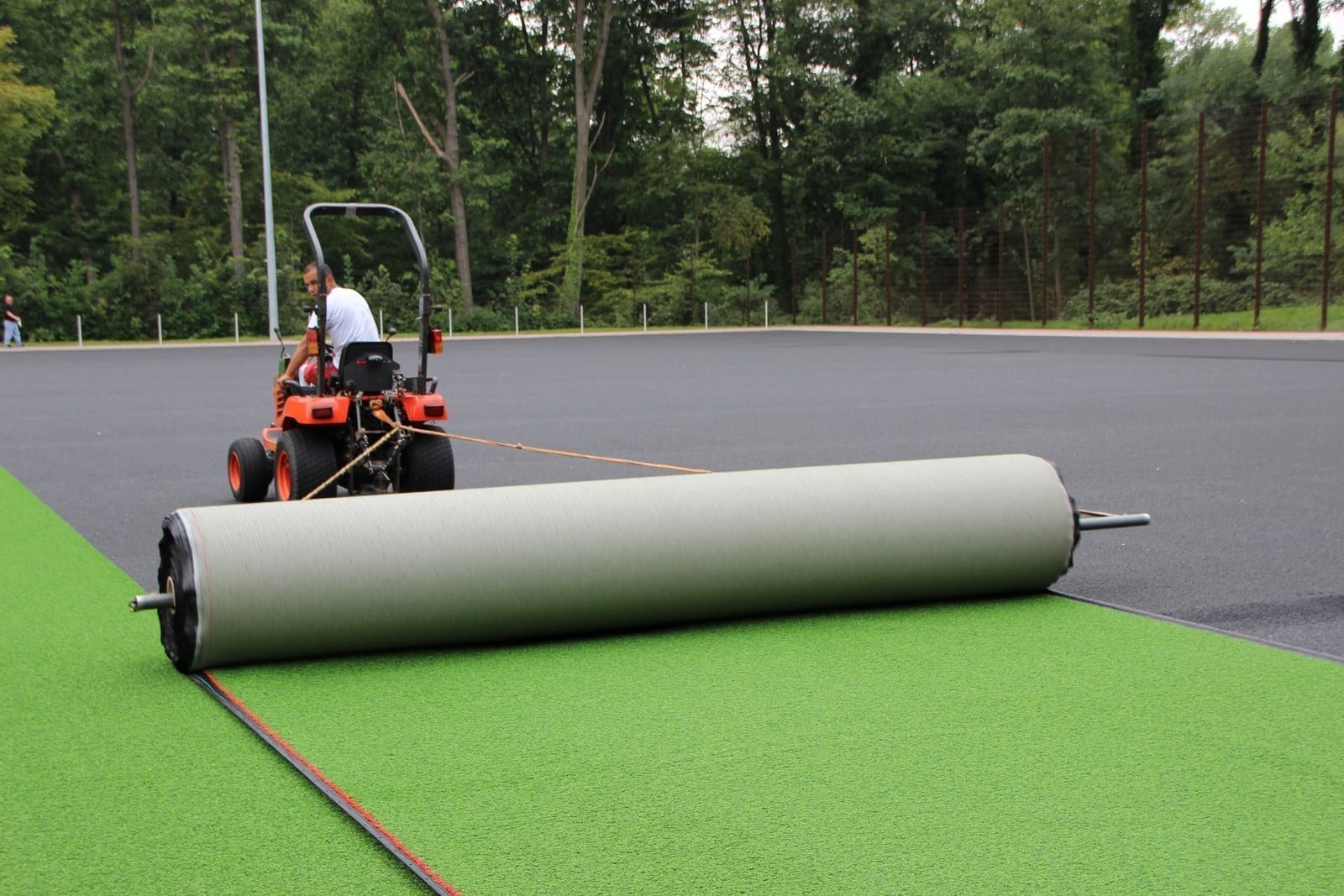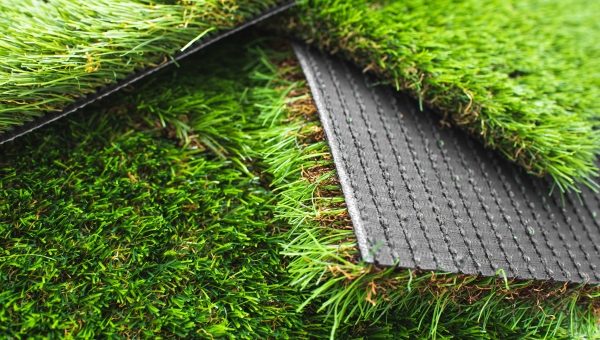Sustainable Arizona Artificial Turf for a All-Season Lush Green Lawn
Sustainable Arizona Artificial Turf for a All-Season Lush Green Lawn
Blog Article
See Why Homeowners Prefer Synthetic Grass for Sustainable Landscaping Practices
As home owners significantly focus on sustainability in landscaping, artificial lawn has actually emerged as an engaging alternative to typical yard. What stays to be discovered is the complete scope of benefits that synthetic grass can use to homeowners and the setting alike.
Water Preservation Advantages
Among one of the most substantial benefits of synthetic grass is its duty in water preservation. Conventional turf yards require considerable quantities of water to maintain their lavish look, often causing overuse of local water sources, especially in deserts. In comparison, synthetic grass eliminates this need completely, as it does not require watering. This not just saves water however likewise minimizes the stress on local water systems, specifically throughout dry spell problems.
Moreover, the installation of synthetic grass can add to an extra sustainable landscape. House owners can considerably lower their water costs, enabling for reallocation of sources to other ecological efforts or family usages. Furthermore, man-made lawn is created to withstand various climatic problems without the requirement for additional watering, making it an optimal option for regions encountering water shortage.
The ecological advantages prolong past immediate water financial savings. By decreasing water consumption, artificial turf assists to reduce the influences of climate adjustment, preserving vital ecosystems that are intimidated by excessive water extraction. As sustainable landscape design methods get traction, synthetic grass becomes an accountable option for homeowners looking for to develop environment-friendly exterior spaces.
Lowered Maintenance Initiatives
Artificial grass substantially reduces maintenance efforts compared to traditional turf yards. With artificial yard, property owners can get rid of the time-consuming tasks connected with all-natural landscape design, such as mowing, fertilizing, and weeding. This not just conserves beneficial time yet additionally minimizes physical labor, making yard treatment obtainable for individuals of any ages.
Conventional yards require regular cutting to maintain an aesthetically pleasing height, whereas man-made lawn stays consistently lush without the need for reducing. In addition, property owners no longer need to apply chemicals or fertilizers, which are frequently required to keep natural grass healthy and balanced.
In addition, synthetic grass is resilient and long lasting, needing marginal upkeep past periodic brushing and rinsing to remove debris. This simplicity of maintenance enables property owners to appreciate their outdoor rooms without the continuous concern of upkeep, giving even more time for leisure and family members tasks. Inevitably, the lowered upkeep efforts related to synthetic grass make it an attractive alternative for those looking for a low-maintenance, aesthetically appealing landscape.

Environmental Effect Decrease
There is a growing recognition of the ecological benefits connected with man-made turf, especially in regards to water preservation and lowered chemical usage. Traditional yards call for considerable amounts of water, specifically in drought-prone areas, bring about raised stress on neighborhood water sources. In contrast, synthetic grass gets rid of the requirement for watering, dramatically reducing water consumption and advertising sustainability.
Additionally, traditional lawn maintenance usually includes the application of herbicides, chemicals, and fertilizers, which can add to soil and water contamination. Artificial lawn minimizes this ecological danger by needing very little maintenance and basically removing the demand for harmful chemicals. This not just enhances soil health and wellness yet also shields local ecosystems from poisonous drainage.
Moreover, the production of redirected here all-natural turf lawns commonly includes the use of nonrenewable fuel sources for trimming and landscaping devices, further contributing to greenhouse gas exhausts. By choosing fabricated lawn, property owners can substantially decrease their carbon impact connected with yard treatment activities.
Aesthetic Appeal and Adaptability
In enhancement to its environmental benefits, artificial lawn offers substantial visual charm and versatility for landscaping. Homeowners can attain a lavish, environment-friendly look year-round, eliminating the seasonal variations commonly associated with natural turf. This regular aesthetic not only boosts the aesthetic charm of a property but likewise adds to a properly maintained and polished look.
Furthermore, synthetic grass is readily available in a variety of textures, shades, and styles, enabling modification to fit individual choices and style motifs - Arizona turf. Whether made use of in household gardens, commercial areas, or entertainment locations, it can flawlessly integrate into diverse landscaping layouts, from modern-day minimal to lush tropical setups
The flexibility of synthetic grass extends past plain appearance; it can be his explanation set up in various locations, consisting of rooftops, patio areas, and even indoor areas, producing chances for special landscaping solutions. In addition, it is ideal for a series of activities, from children's play locations to pet-friendly settings, supplying performance without endangering style.
Ultimately, the aesthetic allure and flexibility of synthetic grass make it an eye-catching option for property owners looking for lasting landscape design solutions that do not sacrifice elegance for environmental duty.

Long-Term Expense Cost Savings
One of the most compelling advantages of artificial lawn is its capacity for long-term expense financial savings. Unlike all-natural yard, which needs routine upkeep-- including mowing, watering, fertilizing, and insect control-- artificial lawn dramatically lowers these continuous expenditures.
Furthermore, artificial lawn has a lifespan of 15 to 25 years, relying on its top quality and usage. This toughness decreases substitute prices, making it a more cost-effective selection over time. Additionally, the initial investment in man-made lawn can typically be recouped through the savings built up with time.
While the ahead of time cost might appear redirected here higher compared to turf setup, the collective financial savings from lowered maintenance and water use frequently surpass these initial expenses. Eventually, the fostering of synthetic grass not only promotes a lasting landscape design service however also provides home owners an economically wise option that aligns with long-lasting budgeting objectives.
Final Thought
Synthetic grass emerges as a compelling option for lasting landscape design, supplying significant benefits in water preservation, reduced upkeep efforts, and diminished ecological impact. Its visual appeal and convenience enhance the visual landscape while lining up with modern sustainability objectives. Additionally, long-term price financial savings add to its attractiveness for homeowners. As neighborhoods significantly prioritize eco friendly techniques, the adoption of synthetic grass represents a dynamic step toward attaining durable and lasting landscapes.
In addition, artificial lawn is made to stand up to various weather conditions without the demand for extra watering, making it an excellent choice for areas facing water deficiency. (Arizona artificial turf)

Artificial grass emerges as a compelling alternative for lasting landscape design, offering significant advantages in water conservation, reduced maintenance efforts, and diminished environmental effect.
Report this page